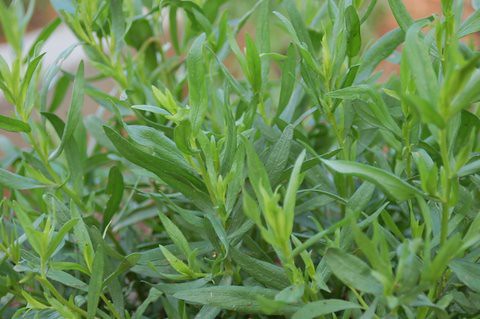Botanical Description:
Scientific Name: Opopanax chironium
Common Names: Opopanax, Sweet Myrrh, Bisabol Myrrh
Description:
Opopanax is a resin obtained from the Opopanax chironium plant, a member of the Apiaceae family. Also known as Sweet Myrrh or Bisabol Myrrh, this resin has been used historically for its aromatic and therapeutic properties. Explore the traditional uses, constituents, and applications of Opopanax in this Materia Medica.
Disclaimer:
This Materia Medica is provided for informational purposes only and should not replace professional medical advice. Please consult with a qualified healthcare practitioner or herbalist before using any herbal remedies.
Therapeutic Actions:
- Anti-Inflammatory:
- Opopanax exhibits anti-inflammatory properties, potentially contributing to its role in addressing inflammatory conditions.
- Respiratory Support:
- Traditionally used for respiratory support, Opopanax may aid in managing conditions such as coughs and bronchitis.
- Aromatic Benefits:
- The aromatic qualities of Opopanax are valued for their potential calming and uplifting effects on the mind.
- Antispasmodic:
- Opopanax may have antispasmodic effects, potentially assisting in relieving muscle spasms.
Constituents:
- Resin Compounds:
- Opopanax contains resinous compounds that contribute to its therapeutic properties.
- Sesquiterpenes:
- Sesquiterpenes found in Opopanax may have anti-inflammatory and calming effects.
- Volatile Oils:
- Volatile oils in Opopanax contribute to its aromatic qualities and potential respiratory benefits.
Traditional Uses:
- Respiratory Conditions:
- Opopanax is traditionally used for respiratory support, addressing issues such as coughs and respiratory congestion.
- Anti-Inflammatory Applications:
- The anti-inflammatory properties of Opopanax make it valuable in traditional medicine for addressing inflammatory conditions.
- Aromatherapy:
- Opopanax is employed in aromatherapy for its aromatic benefits, promoting relaxation and mental well-being.
- Muscle Spasms:
- The antispasmodic effects of Opopanax may be utilized to relieve muscle spasms.
Dosage and Preparation:
- Opopanax Essential Oil:
- Essential oil can be extracted from Opopanax resin and used in aromatherapy. Dilution is recommended for topical use.
- Opopanax Infusion:
- Infusions or decoctions can be prepared from Opopanax resin for internal use. Dosage may vary, and professional guidance is advisable.
- Incense and Perfumery:
- Opopanax resin is used in incense and perfumery for its aromatic properties.
Cautions and Considerations:
- Skin Sensitivity:
- Direct contact with Opopanax essential oil may cause skin sensitivity in some individuals. Patch testing is recommended.
- Pregnancy and Breastfeeding:
- Safety during pregnancy and breastfeeding is not well-established. Consultation with a healthcare professional is advisable.
- Allergies:
- Individuals with known allergies to Opopanax or related plants should exercise caution.
Conclusion:
Opopanax, derived from the Opopanax chironium plant, offers a range of potential therapeutic benefits. From anti-inflammatory and respiratory support to aromatic and antispasmodic effects, Opopanax has a place in traditional herbal medicine and aromatherapy. Whether used as an essential oil, in infusions, or in incense, Opopanax provides versatile options for those seeking natural remedies. Precautions are necessary, especially for individuals with skin sensitivity or allergies. This Exhaustive Materia Medica aims to provide comprehensive insights into Opopanax’s botanical description, therapeutic actions, constituents, traditional uses, dosage, precautions, and applications. For personalized guidance, consultation with healthcare professionals or herbalists is recommended to ensure safe and effective utilization of Opopanax as a herbal remedy.





